Fixed Rates
30 yr
25 yr
20 yr
15 yr
10 yr
Compare Terms
Compare Rates
Real APR
Adjustable Rates
Qualification
Affordability
Renter Affordability
Rent vs Buy
Price per Square Foot
Jumbo
Home Sellers
 Should You Refinance Your Mortgage Calculator
Should You Refinance Your Mortgage CalculatorThis calculator will help you to decide whether or not you should refinance your current mortgage at a lower interest rate. It quickly calculates monthly payment and net interest savings, along with how many months it will take to break even on the closing costs.
This calculator works for making an apples-vs-apples comparison between loan scenarios. If you want to withdrawal equity in a cash out refinance then use our LTV refi calculator to see how much equity you can extract & then calculate your new loan payments using our cash out refinance calculator.
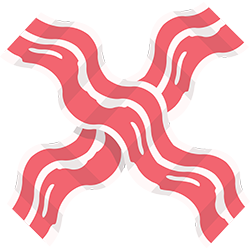
The COVID-19 economic shock caused the gobal economy to go into a recession and let to a projected $6 billion loss for Fannie Mae and Freddie Mac. On August 12th both GSEs published lender guides announcing they would implement a 50 basis point Adverse Market Refinance Fee. This fee was originally scheduled to begin on September 1.
The fee announcement caused a shock to mortgage originators, which led the FHFA to delay implementation to December 1, 2020. Refinances with a balance below $125,000 are not assessed this fee. Homeowners wanting to avoid this 0.5% refinance fee should apply by early October so if they have paperwork issues the loan can still be approved before the December 1 deadline.
Guide published by Jose Abuyuan on September 3, 2020
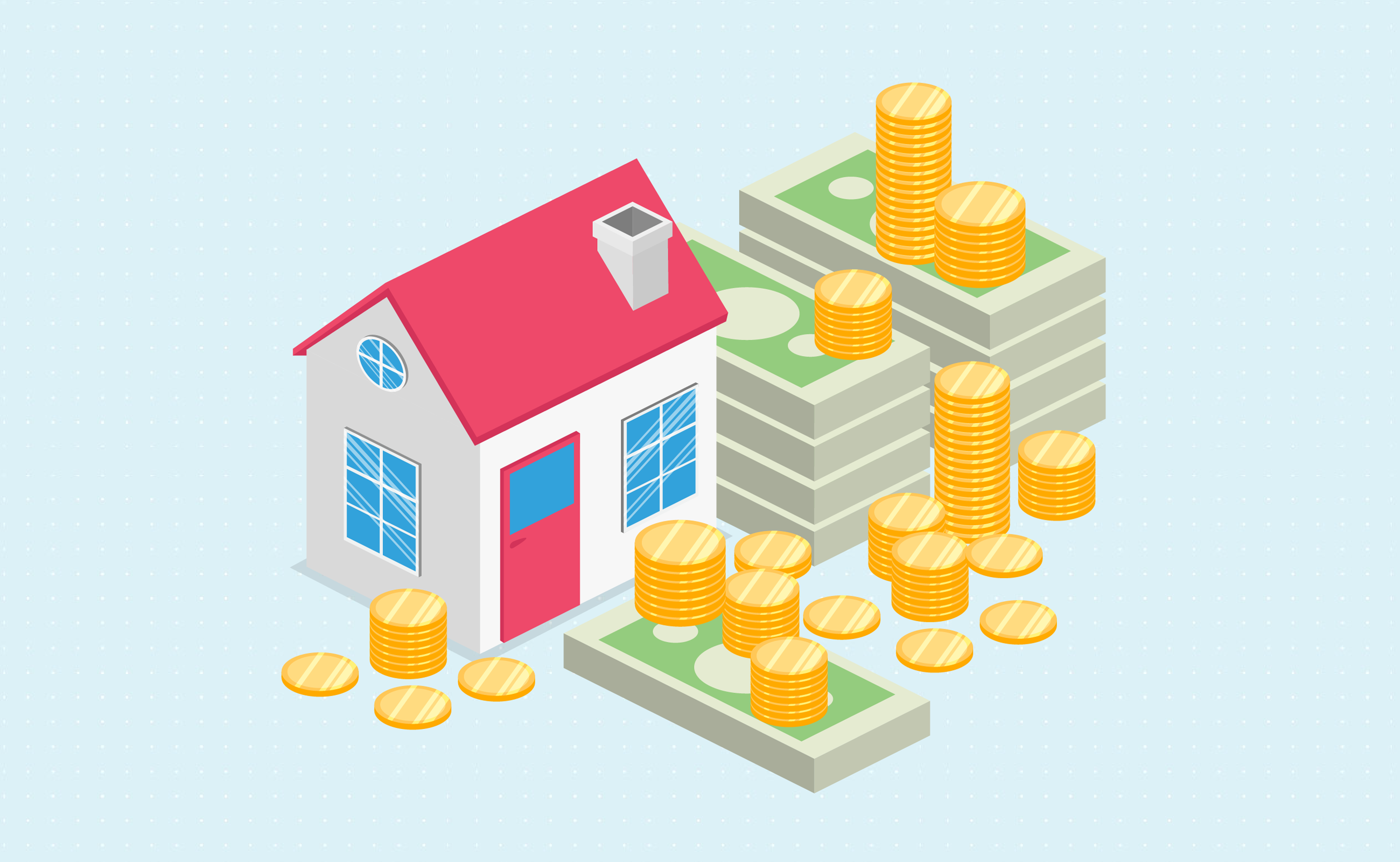
Refinancing is the process of taking out a new loan to pay off your original mortgage. Sometimes, homebuyers may want to change the details in their existing loan. The mortgage terms that you agreed to may no longer work for you in the present. Refinancing allows you to alter these details to help you maximize your savings. In other cases, refinancing let’s you cash-out money to cover important expenses.
In this guide, we’ll talk about how mortgage refinancing works and when it makes sense to refinance your loan. We’ll also discuss its associated costs and requirements to qualify for refinancing.
Moreover, our guide will cover when it makes better sense to take out a second mortgage. We’ll discuss when to consider taking a home equity loan or a home equity line of credit (HELOC). Knowing these other options can help you figure out if cash-out refinancing is right for you.
People may refinance to obtain a lower interest rate or shorten their payment term. You can refinance to shift from an adjustable-rate mortgage (ARM) into a fixed-rate loan, or vice versa. And if you have enough home equity, refinancing a government-backed loan to a conventional loan removes mortgage insurance premium (MIP).
Moreover, you can use cash-out refinancing to fund major expenses. Tapping home equity allows consumers to fund home improvement projects, consolidate debt, or pay for other major expenses.
Here’s how refinancing is advantageous for the following objectives:
Securing a lower rate is one of the best reasons to refinance your mortgage. Traditionally, financial experts recommend refinancing when interest rates are 2 percentage points lower. Though other lenders say a 1 percent rate reduction is sufficient, a much lower rate will maximize your savings. This allows you to recoup your closing costs much sooner.

Apart from saving interest costs, securing a lower rate allows you to gain home equity quicker. It reduces your principal faster because your payments are not hijacked by higher interest costs. Furthermore, the lower rate reduces your monthly payment.
For instance, let’s say you have a $200,000 loan at 4.2 percent APR with a 30-year fixed-rate term. Your monthly interest and principal payment will be $978.03. Now, if we take the same loan and reduce the rate to 2.2 percent, your monthly payment decreases to $759.40. You’ll save $218.63 each month, which is $2,623.56 annually.
Reducing your loan term is another good reason to refinance. When interest rates fall low enough, you can obtain a shorter term while maintaining a similar monthly payment. For example, let’s say you have $200,000 loan with 30-year fixed term at 7 percent APR. Your monthly payment is $1,330.60. If you refinance to a 15-year fixed term at 3 percent APR, your monthly payment will be $1,381.16. It’s higher by around $50 but it’s not too expensive.
On the other hand, shortening your term usually raises your monthly payments. Taking the previous example, if you refinance to a 15-year fixed loan at 5 percent APR, your monthly payment will be $1,479.38. This is higher by $148.78, which isn’t so bad. Before refinancing to shorten your term, calculate the maximum payment increase you can afford. Remember: the lower the rate, the lower your monthly payment.

If your goal is to pay off your mortgage sooner and save more on interest, making a higher monthly payment is still a good call. Just make sure there’s enough room in your budget for higher payments when you refinance to a shorter term.
In some cases, people refinance to a longer term to lower their monthly payments. The extended period buys them more time to afford the cost. While this is possible, you’ll end up paying interest for a longer time, resulting in higher interest charges. For example, let’s say you have 20 years remaining on your loan. Refinancing to a 30-year fixed mortgage means it will take you 40 years to pay it off. If this is your only recourse, you must secure the lowest rate possible to help reduce your overall interest costs.
Now let’s use the calculator above to determine whether it’s a good idea to refinance. In the example below, let’s presume you took a 30-year fixed rate loan which you’ve paid for 9 years. Your remaining mortgage balance is $250,000 with an APR of 5 percent and a monthly payment of $1,610.46.
Let’s suppose you want to shorten your term and refinance to a 15-year fixed term at 3 percent APR. The following table shows your refinancing cost and interest savings:
| Refinanced Mortgage | Loan Details |
|---|---|
| New monthly payment | $1,726.45 |
| Monthly payment change | $115.99 |
| Total closing costs | $6,200.00 |
| Time it takes for interest savings to offset closing costs | 15 months |
| Interest saved by refinancing | $92,340.02 |
According to our calculator, if you refinance your existing 5 percent mortgage to a 3 percent mortgage, your monthly payment will increase by $115.99. However, you will save $92,340.02 in interest charges over the life of the loan. But in order for this refinancing to yield any savings at all, you must stay in your current home for at least 15 months. That’s how long it will take for the monthly interest savings to offset $6,200.00 worth of closing costs.
The table below shows the long-term financing costs:
| Mortgage Details | Amount |
|---|---|
| Remaining interest under your current mortgage | $153,101.96 |
| Interest due under refinanced payment plan | $60,761.93 |
| Interest saved by refinancing | $92,340.02 |
| Net refinancing savings (interest savings less the closing costs) | $86,140.02 |
Given the example above, refinancing to a lower rate and a 15-year fixed term yields substantial interest savings. You’ll achieve a net interest savings of $86,140.02 when you refinance. Moreover, you’ll get to pay your mortgage within 24 years instead of the original 30 years.
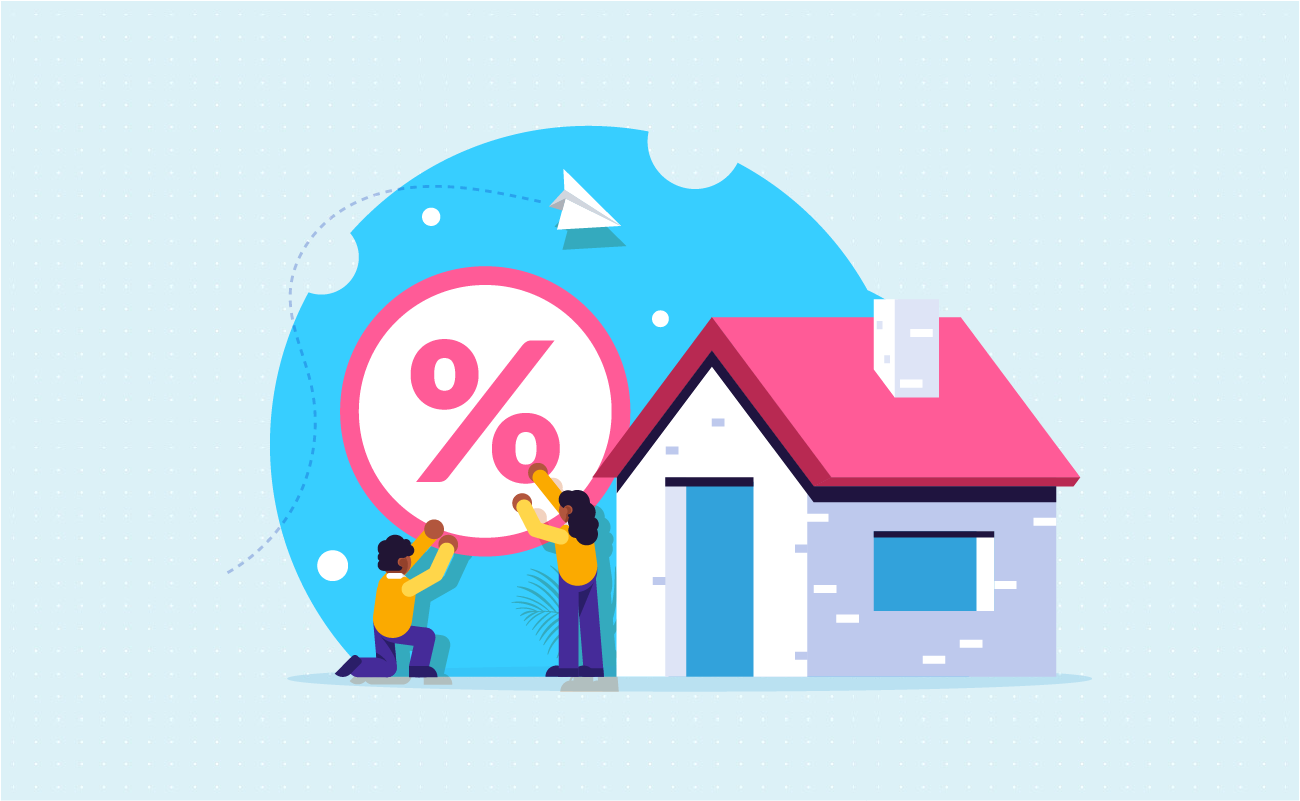
Next, consumers may refinance to convert from an ARM to a fixed-rate loan. ARMs usually start off with a low interest rate than fixed-rate mortgages. But once the annual rate adjustment sets in, it can be much higher than a fixed-rate loan. However, if you fix a low interest rate into your mortgage, it ensures your payments do not increase. This gives you piece of mind that you can afford your mortgage, especially if it’s a 30-year term.
On the other hand, shifting from a fixed-rate loan to an ARM allows you to make lower monthly payments if the market resets to a lower rate. This is a good financial tactic when rates are generally low. It’s also viable if you don’t plan to live in the house too long.

When you take an ARM, you must be financially prepared in case rates increase. Make sure you have enough funds when your monthly payments get higher. If you won’t stay in the house for good, you don’t need to worry about rising rates in the next 30 years. Consider an ARM if you plan to sell your house in a few years.
Government-backed mortgages such as Federal Housing Authority (FHA) and U.S. Department of Agriculture (USDA) loans come with mortgage insurance premium (MIP). MIP protects lenders by lowering your default risk. This allows you to qualify for a mortgage which you might not obtain through conventional lenders. For both FHA and USDA loans, this is paid as an upfront cost and an annual fee.
For FHA loans, the upfront insurance premium is 1.75 percent of your loan amount. Meanwhile, the annual MIP is 0.85 percent of your loan’s value. MIP lasts for the entire life of a 30-year FHA loan, while it’s paid for 11 years if your term is 15 years or less. Mortgage insurance is required for FHA loans even if you make a 20 percent down payment. This added cost gets more expensive over the years.
As for USDA loans, you’re charged a mortgage insurance premium called the guarantee fee. This is required when you make no down payment or give a small down payment on your loan. The upfront guarantee fee is 1 percent of the loan’s value, while the annual guarantee fee is 0.35 percent.
How to eliminate mortgage insurance premium? Refinancing into a conventional loan gets rid of MIP. There are no prepayment penalties for FHA or USDA loans, which means you can refinance as early as you need. But take note: You must build substantial home equity before you can do so.
MIP can be removed if you meet the following conditions:

Taking a cash-out refinance replaces your current mortgage with a new loan for more than you owe on your property. The difference goes to you in cash, which you can use to finance important expenses. It’s a way to refinance your mortgage and borrow money at the same time. This option typically has lower interest rates compared to home equity loans and HELOCs.
Cash-out refinancing is a viable financial strategy to pay for home improvements. Using the money to remodel and expand your home helps increase its value. In other cases, people use it to pay for major life expenses, such as funding your child’s college education.
How does traditional cash-out refinancing work? First, it provides you a portion of the difference between your mortgage balance and your home’s value. Because it has a higher loan amount, it can have a slightly higher interest rate than your original mortgage. Finally, there are limits to how much you can cash out, which is usually between 80 percent to 90 percent of your home equity.

You may use cash-out refinancing to consolidate other debts. However, only choose this option if you have the discipline to control your spending. Using low-interest mortgage to pay for high-interest debt may seem like a good idea, but can backfire if you take on more credit card debt. With your home serving as collateral, you risk foreclosure if you fail to make payments.
Mortgage interest deductions are available when you refinance your home. This tax deduction is an incentive that allows homeowners to reduce the interest they pay on their loan. However, this is only available if the loan is used to build, buy, or make improvements on your house. For instance, if you took out a cash-out refinance to renovate your house, you are qualified for mortgage interest deductions. If you use the money to consolidate debt or for other major purchases, it is not viable for interest deductions.
According to the IRS, you can deduct home mortgage interest on the first $750,000 of your debt. And if you’re married filing separately, deduction is allowed on the first $375,000. Homeowners with mortgages originated before the Tax Cuts and Jobs Act could deduct interest on up to $1 million if they’re the head of the household and $500,000 if they’re married and filing separately. The home mortgage interest deduction (HMID) limit is scheduled to revert to $1 million for homeowners after 2025.
To be eligible for refinancing, you must meet several qualifications. Interested homeowners must check factors such as their credit score, loan-to-value ratio, and whether they can afford the closing costs. Prepare the following financial requirements before deciding to refinance:
LTV ratio measures the loan amount against the market value of the house securing the loan. This percentage is calculated by dividing how much you owe on your existing mortgage by the current value of your property. For instance, let’s say your house is valued at $100,000 and your current mortgage is $80,000. To get LTV, divide $80,000 by $100,000, which results in 80 percent.
LTV = loan amount / property value of the property
= $80,000 / $100,000
= 0.8
= 80%
LTV is an indicator which determines your eligibility to obtain a mortgage or refinance an existing one. A lower LTV means you have higher equity in your property, which lowers the default risk for lenders. For the example above, 80 percent LTV means you have 20 percent equity on your home. This is acceptable to most lenders. You’re more likely to qualify for refinancing if you have lower LTV ratio.
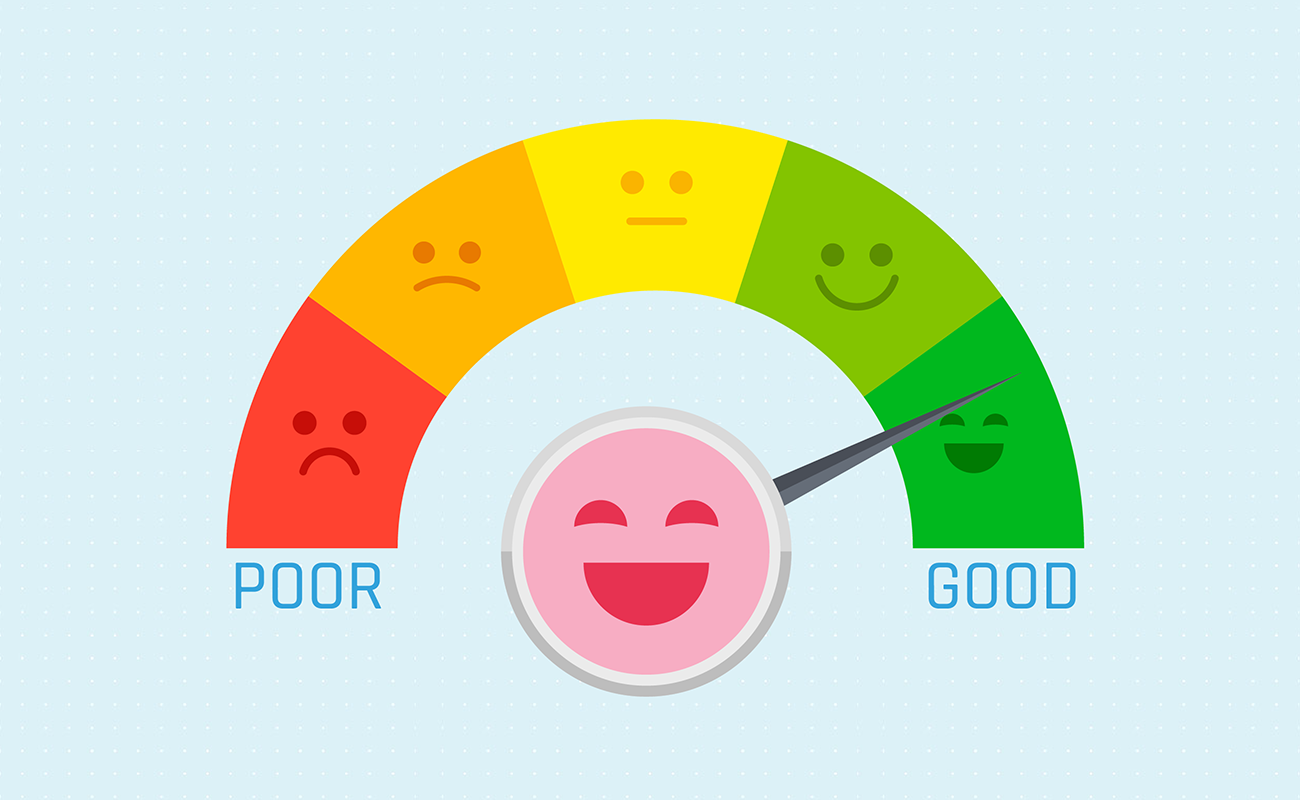
A higher credit score helps you secure a mortgage as well as refinance your loan. Most lenders require a credit score of at least 620 to refinance into a conventional loan. But don’t stop at 620. A higher score makes you eligible for much lower rates. Scoring a lower rate will help decrease your monthly payments.
When it comes to government-backed loans, credit requirements for refinancing may be slightly more lenient. Here are credit requirements to refinance your existing government-backed loan:
As mentioned earlier, the closing costs of refinancing ranges between 2 percent to 5 percent of your loan amount. The total amount can vary depending on where you live and how much your lender charges. While it does not come in one payment, it’s a collection of different expenses that add up to a substantial amount.
Take note of these associated costs when you refinance your mortgage:
Check if you might incur a prepayment penalty before refinancing. This fee might apply if your current mortgage has a prepayment penalty clause that takes effect within 3 to 5 years. Make sure to ask your lender first to know how much it will cost. On the other hand, federally backed mortgages such as FHA, USDA and VA loans do not impose prepayment penalties.
Origination fees pay for the total cost of processing your loan and securing your credit report. These are also called application fees, underwriting fees, or administration fees. While it’s a necessary expense, some lenders may charge more. This can further increase your closing costs. Thus, try to negotiate your origination fees to reduce your overall expense.
Most lenders make it mandatory to get a home appraisal before you refinance. This ensures your house is properly valued before they approve your application. Home appraisal fees usually range between $300 to $500. Lenders also require home inspections to assess your property’s condition. While prices vary depending on your home’s size and location, the price typically ranges between $275 to $400.
Title insurance is a refinancing requirement that offers policy protection. When you get title insurance, courthouse documents are validated to check if you are the owner of the property. This certifies that you own the house and the land where the property stands. It also determines if you have any liens against the property. Getting a title insurance protects the lender in case there have been errors made on your mortgage records. Title insurance costs differ by loan and depend on your home’s location, loan value, and down payment amount.
You can actually prepay points to decrease your loan’s long-term interest rate. Called discount points, these are interest payments based on the total amount of your mortgage. Paying just enough for discount points is beneficial, especially if you’ll live in a house for a long time. With a lower mortgage rate, it will help decrease your monthly payments.

Homeowners may consider cash-out refinancing when they need to tap home equity. Perhaps you need money to make major home repairs. In some cases, you might need extra cash to pay for student loans. Besides cash-out refinancing, there are alternatives that let you access home equity, such as taking a second mortgage.
A second mortgage is a lien you take out against your property that already has a mortgage on it. A lien is a legal right attached to assets such as a house that is used to secure a loan. When you obtain a second mortgage, your lender takes a lien against a portion of your home that you’ve paid off.
Lenders allow you to borrow money against your home equity, which you must pay back with interest. This is an entirely new loan separate from your existing mortgage. It means while you’re paying for your current loan, you must make a separate payment for your second mortgage. On the other hand, with refinancing, lenders already have a lien on the property. It replaces your original mortgage terms with a new loan, which means you only make one mortgage payment.
If you’re keen on obtaining cash while changing your mortgage rate and term, cash-out refinancing is the best option for you. This allows you to tap your home’s equity in exchange for taking on a higher principal. For instance, your current mortgage has a $100,000 principal balance. Let’s say you need $20,000 to repair your house. You can take a cash-out refinance valued at $120,000. After closing, your lender will give you $20,000, after which you must repay the loan.
If you need a large amount of cash but you don’t want to change your mortgage terms, a second mortgage will work for you. Though you’ll pay a bit more interest than your primary mortgage, you can still keep your original rate and payment term. This isn’t always guaranteed if you refinance. A second mortgage also has lower closing costs compared to refis. Moreover, you have the option to choose how you want to get your money. You can take it as a lump sum amount or in the form of a credit line.
There are 2 Types of Second Mortgage:
Choosing a home equity loan allows you to take your money as a lump sum fund. You can cash out all the money at once and pay it back in installments. You should consider a home equity loan if you’re determined to borrow a definitive amount of cash to fund a large project or consolidate other high interest debts. Borrowers can use this money to finance any expense, as long as they pay back their lender as agreed.
Home equity loans are usually structured as fixed-rate loans. These come in 5-year terms, 15-year terms, and even 30-year terms. It allows borrowers to make predictable payments that do not changes when rates fall or rise. Depending on the size of the loan, it ensures you’ll have enough time to pay back your lender.
When you choose a HELOC, you have access to revolving credit similar to a credit card. This is ideal if you want to borrow a more flexible amount against your home equity. Consider this option if you need to cover ongoing expenses over an extended period of time. HELOC allows you to withdraw money as needed up to a pre-approved limit while paying interest against the amount you borrowed. But be careful. You don’t want to rack up an exorbitant debt.
As previously mentioned, HELOCs come with variable interest rates. This means your payments might be higher if rates increase over time. Likewise, if rates decrease, you can make smaller payments. HELOCs are also required by law to have a cap on the maximum interest rate increase over the life of the loan. Thus, even if rates get higher, there are limits to how high your payments will be. Think about this if you’re planning to keep a home equity credit line for the next 15 or 20 years.
HELOCs come with a “draw period” which is usually set within the first 10 years of the loan. After the draw period, you must start paying back your loan, often with larger payments.
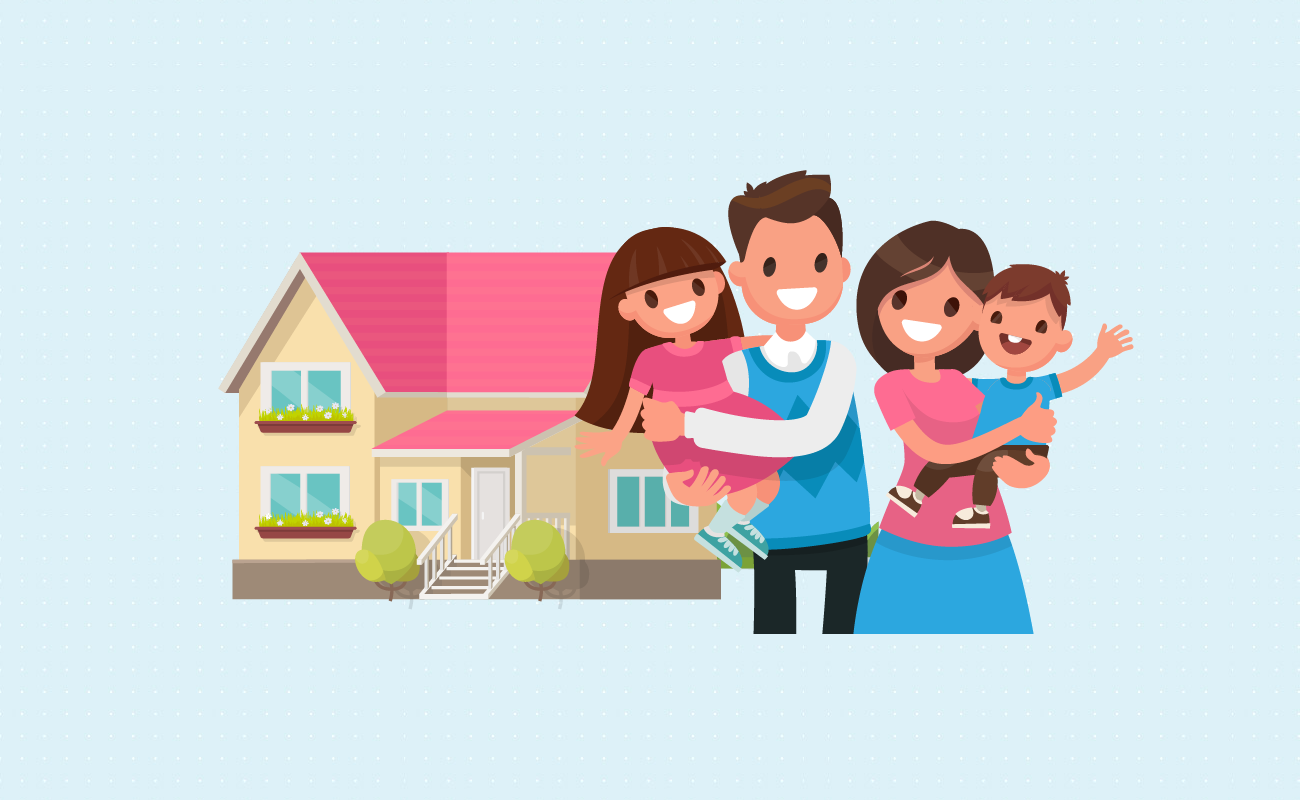
Refinancing is a strategic financial move that can lower your current mortgage rate and shorten your term. This can reduce your monthly payment and result in greater interest savings over the life of the loan. Moreover, it allows you to borrow money against your home equity.
Apart from cash-out refinancing, you can access home equity by taking out a second mortgage. This can be in the form of a home equity loan or a home equity line of credit (HELOC). Home equity loans provide borrowers with a one-time lump sum fund. Meanwhile, borrowers can use HELOC to withdraw funds as needed while paying for interest on the amount they owe.
Finally, take note of requirements before refinancing. You should have a credit score of at least 620 to qualify. You must also have at least 20 percent equity on your home or 80 percent LTV to be eligible for refinancing. Try to refinance when rates are two percentage points lower. The low rate helps you recoup the expensive cost of refinancing in a shorter amount of time.
Need help estimating your mortgage payment and savings? Use our mortgage payment calculator.
Jose Abuyuan is a web content writer, fictionist, and digital artist hailing from Las Piñas City. He is a graduate of Communication and Media Studies at San Beda College Alabang, who took his internship in the weekly news magazine the Philippines Graphic. He has authored works professionally for over a decade.